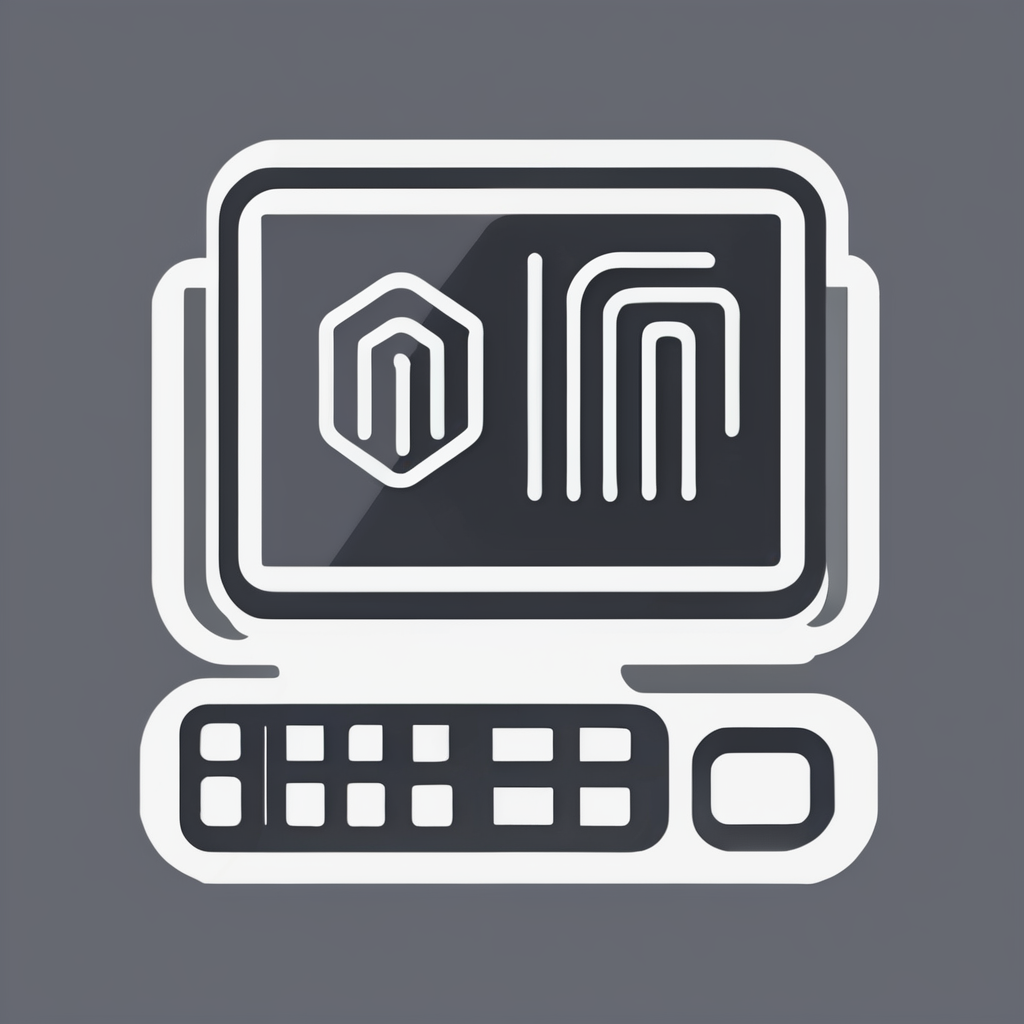Key Advancements Reshaping Computing Technology
Exploring the forefront of modern computing advancements.
The landscape of computing technology trends is rapidly transforming, driven by breakthroughs across several core areas. One of the most impactful latest developments in computing is the surge in artificial intelligence (AI) innovations. AI now permeates diverse sectors—from healthcare to finance—offering smarter automation, improved decision-making, and enhanced data analytics. These AI advancements rely heavily on vast datasets and sophisticated algorithms, pushing computing power requirements and inspiring novel hardware solutions.
Also to read : How are Emerging Technologies in the UK Revolutionizing the Computing Industry?
Another critical area influencing modern computing advancements is quantum computing. This emerging technology promises to redefine solving complex problems with immense processing capabilities that outstrip classical computers. Despite being in the early stages, quantum computing is already showing potential in cryptography, materials science, and optimization problems, and ongoing progress indicates a promising future for practical, large-scale deployment.
Additionally, the evolution of edge computing is reshaping how data is processed and utilized. By moving computation closer to the data source—such as IoT devices—edge computing reduces latency and bandwidth use, enabling faster, more efficient interactions. This trend complements AI and quantum technologies by supporting real-time analytics and decision-making in environments where immediate responsiveness is vital.
Also to read : How Will Advances in Quantum Computing Impact Everyday UK Life?
Together, these pillars of innovation—the expanding influence of AI, the promise of quantum computing, and the strategic adoption of edge computing—constitute the cutting edge of computing technology trends that define today’s and tomorrow’s digital landscape.
Emerging Directions in Cloud Computing and Cybersecurity
In today’s digital landscape, cloud computing innovations are reshaping how businesses manage scalability and flexibility. Traditional cloud infrastructures are evolving, enabling more dynamic resource allocation and improved performance across distributed environments. This transformation means organizations can rapidly adapt to changing demands without sacrificing reliability or efficiency.
Simultaneously, cybersecurity trends are advancing to counter increasingly sophisticated threats. Enhanced strategies now include proactive threat detection, zero-trust architectures, and comprehensive endpoint protection. These approaches are vital for safeguarding data integrity and maintaining user trust amid a rise in cyberattacks.
A pivotal driver in both cloud and cybersecurity domains is the integration of AI and automation. AI-powered tools enable real-time analysis of vast datasets, identifying unusual behaviors faster than manual methods. Automation then streamlines responses, reducing human error and accelerating mitigation efforts. Together, these technologies fortify defenses while optimizing cloud service management, reinforcing data protection advances essential for modern enterprises.
Real-World Examples: Recent Breakthroughs and Applications
In practical computing applications, recent tech breakthroughs have profoundly shaped multiple industries. One notable example is healthcare, where AI-driven diagnostics and personalized treatment plans have enhanced patient outcomes. Algorithms can now analyze medical images with high accuracy, enabling early disease detection that was previously challenging.
Financial institutions have embraced machine learning models to improve fraud detection and risk assessment, leading to increased security and customer trust. These technological impacts extend beyond detection to real-time decision-making, optimizing trading and credit evaluations.
Other sectors, such as logistics and retail, benefit from automation and data analytics, streamlining operations and enhancing efficiency. Organisations leveraging these advancements gain a competitive edge, reducing costs and improving service quality.
The continual flow of breakthroughs—from quantum computing advancements to sophisticated natural language processing—signals an accelerating pace of innovation. For instance, recent news highlights quantum algorithms that could transform material science research, promising revolutionary changes.
In summary, practical computing applications rooted in recent tech breakthroughs offer tangible benefits across industries. Their technological impact not only improves current processes but also lays the foundation for future innovations.
Expert Insights and Predicted Impacts on the Technology Landscape
Experts in expert analysis computing emphasize the increasing complexity of future computing challenges as technology evolves rapidly. Scalability, security, and energy efficiency remain at the forefront of concerns. Many specialists predict that overcoming these hurdles will shape the future of technology by determining how devices and systems can seamlessly integrate with human activities and existing infrastructures.
From a societal perspective, the technology impact analysis suggests profound changes in daily life and business operations. Automation and artificial intelligence are expected to boost productivity but also raise employment and privacy questions. Businesses will need to adapt quickly, balancing innovation with potential disruptions to workforce dynamics.
Responsible technology adoption is critical. Ethical considerations around data use, algorithmic bias, and transparency are integral to ensuring technology benefits society fairly. Thoughtful governance and continuous evaluation, as highlighted in recent expert analysis computing discussions, will guide the future of technology toward sustainable and equitable outcomes.


